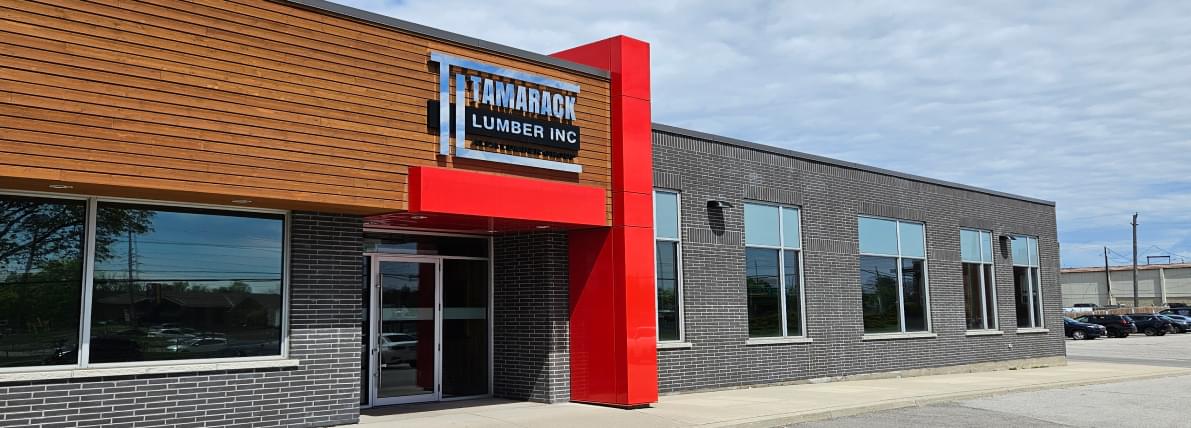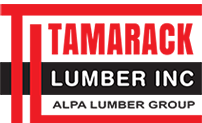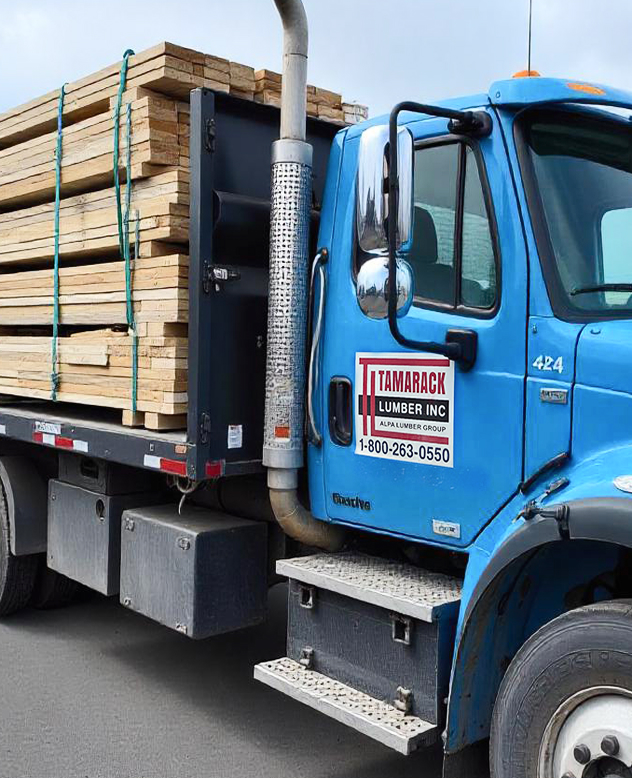
How to Use Mouldings to Vastly Improve Your Home
It can take a lot of time, effort and money to turn a house into a home. There are, however, many small and inexpensive projects you can take on to improve the look and value of your home, such as tiling your bathroom or installing a hardwood floor. Another way homeowners are updating their home interiors is with mouldings. Mouldings in Toronto can be made of plastic, wood or stone and are used to decorate walls, doors or windows. This is a quick and easy way to vastly change the appearance of your home. Adding a moulding trim to your rooms can make them appear taller, shorter or more luxurious.
General Types of Moulding
Make sure to choose the right material for your moulding project. Hardwoods are more expensive and less forgiving to work with. If you want a translucent finish on your mouldings that shows the grain of the lumber, choose a stain-grade material such as pine, maple and red oak. If you want more of an opaque finish or you’re thinking of having your mouldings painted a specific colour, your best option is paint-grade materials such as pine. Paint-grade materials are especially appropriate for mouldings that consist of multiple short pieces, such as finger-jointed mouldings, as any imperfections can be easily covered with paint.
Wood vs. Medium Density Fiberboard
Wood mouldings in Toronto can be used to create a traditional look in the home at an affordable price. However, wood is a natural material that changes over time and responds to the conditions inside your home. Mouldings made of wood will change with respect to your home’s temperature and humidity—higher levels of temperature and humidity will cause sections to expand, while lower levels will cause them to contract. These changes can create gaps between pieces that were joined together. Keep in mind that if you want the translucent look of stained materials, wood is your only option.
Medium Density Fiberboard (MDF) has similarities to wood as it is a wood product, but does not experience the same disadvantages as natural wood thanks to engineering technology. Precise cuts can be made on this material, allowing for joints to be well-concealed. Fiberboard is held in shape with resins, which prevents it from warping in response to temperature or humidity. While it may still expand and contract with climatic changes over time, it will not do so to the same degree as wood. As MDF is typically primed white it can only be used for mouldings that will be painted over.
Look no further than Tamarack Lumber Inc. to supply you with the lumber for your DIY moulding project, or with finished mouldings in a variety of clean and professional designs. We deliver high-quality mouldings in Toronto and across the GTA. With 45 years of experience, we can guarantee excellent customer service and unmatched shipping capabilities. Contact us today!

